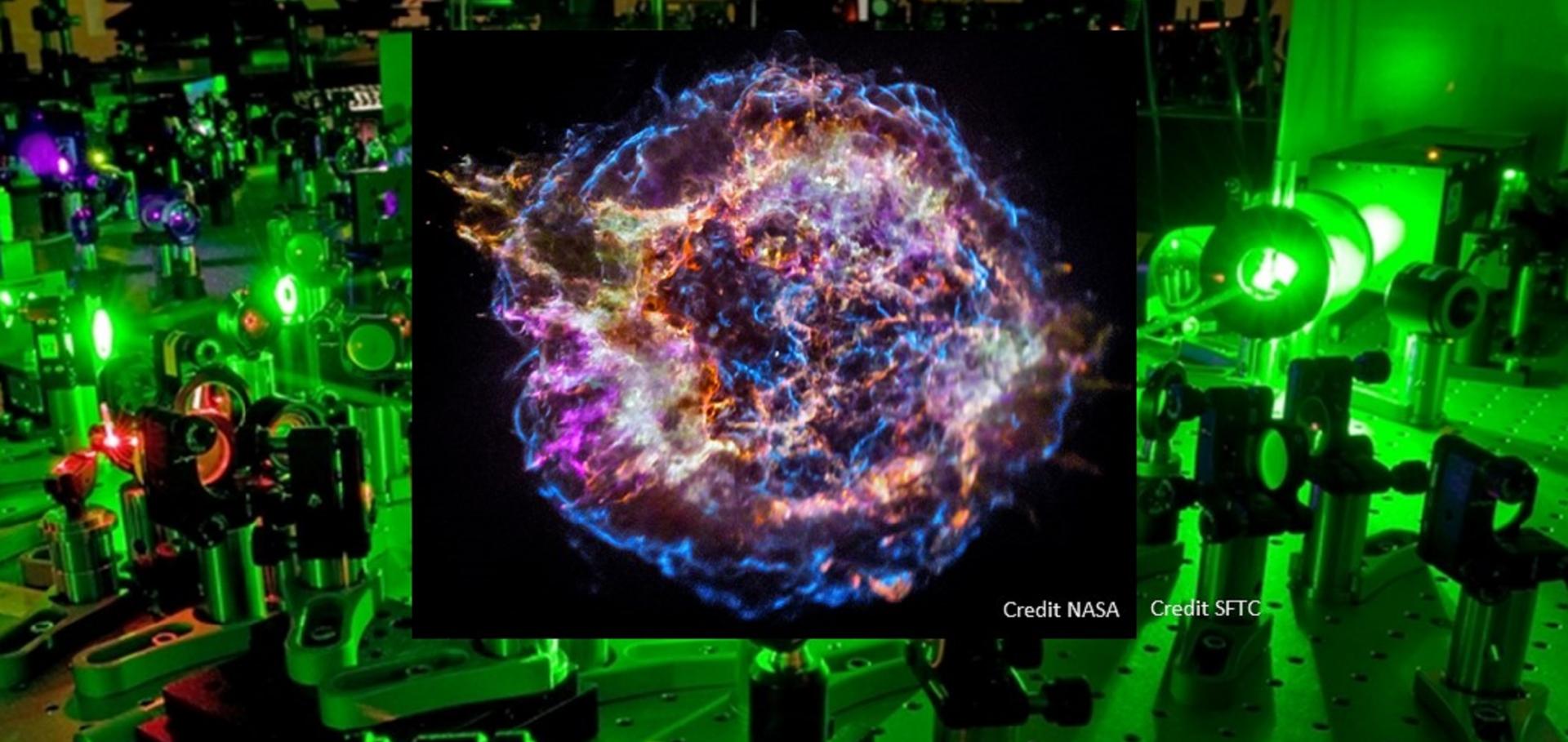Diffusive shock acceleration and magnetic field amplification
Space Science Reviews 173:1-4 (2012) 491-519
Abstract:
Diffusive shock acceleration is the theory of particle acceleration through multiple shock crossings. In order for this process to proceed at a rate that can be reconciled with observations of high-energy electrons in the vicinity of the shock, and for cosmic rays protons to be accelerated to energies up to observed galactic values, significant magnetic field amplification is required. In this review we will discuss various theories on how magnetic field amplification can proceed in the presence of a cosmic ray population. On both short and long length scales, cosmic ray streaming can induce instabilities that act to amplify the magnetic field. Developments in this area that have occurred over the past decade are the main focus of this paper. © 2012 Springer Science+Business Media B.V.A study of fast electron energy transport in relativistically intense laser-plasma interactions with large density scalelengths
Physics of Plasmas 19:5 (2012)
Abstract:
A systematic experimental and computational investigation of the effects of three well characterized density scalelengths on fast electron energy transport in ultra-intense laser-solid interactions has been performed. Experimental evidence is presented which shows that, when the density scalelength is sufficiently large, the fast electron beam entering the solid-density plasma is best described by two distinct populations: those accelerated within the coronal plasma (the fast electron pre-beam) and those accelerated near or at the critical density surface (the fast electron main-beam). The former has considerably lower divergence and higher temperature than that of the main-beam with a half-angle of ∼20°. It contains up to 30% of the total fast electron energy absorbed into the target. The number, kinetic energy, and total energy of the fast electrons in the pre-beam are increased by an increase in density scalelength. With larger density scalelengths, the fast electrons heat a smaller cross sectional area of the target, causing the thinnest targets to reach significantly higher rear surface temperatures. Modelling indicates that the enhanced fast electron pre-beam associated with the large density scalelength interaction generates a magnetic field within the target of sufficient magnitude to partially collimate the subsequent, more divergent, fast electron main-beam. © 2012 American Institute of Physics.Dense Electron-Positron Plasmas and Ultraintense gamma rays from Laser-Irradiated Solids
Physical Review Letters 108 (2012) 165006
Studying astrophysical collisionless shocks with counterstreaming plasmas from high power lasers
High Energy Density Physics Elsevier 8:1 (2012) 38-45
Generation of scaled protogalactic seed magnetic fields in laser-produced shock waves
Nature 481:7382 (2012) 480-483


